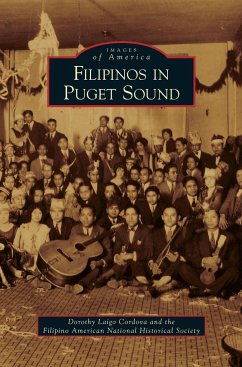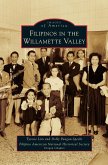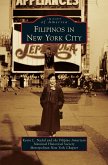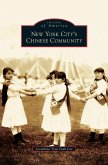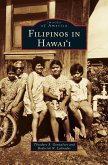Since the 19th century, Filipinos have immigrated to the Puget Sound region, which contains a deep inland sea once surrounded by forests and waters teeming with salmon. Seattle was the closest mainland American port to the Far East. In 1909, the "Igorotte Village" was the most popular venue at the Alaska-Yukon-Pacific Exposition, and the first Filipina war bride arrived. Filipinos laid telephone and telegraph cables from Seattle to Alaska; were seamen, U.S. Navy recruits, students, and cannery workers; and worked in lumber mills, restaurants, or as houseboys. With one Filipina woman to 30 men, most early Filipino families in the Puget Sound were interracial. After World War II, communities grew with the arrival of new war brides, military families, immigrants, and exchange students and workers. Second-generation Pinoys and Pinays began their families. With the 1965 revision of U.S. immigration laws, the Filipino population in Puget Sound cities, towns, and farm areas grew rapidly and changed dramatically--as did all of Puget Sound.

